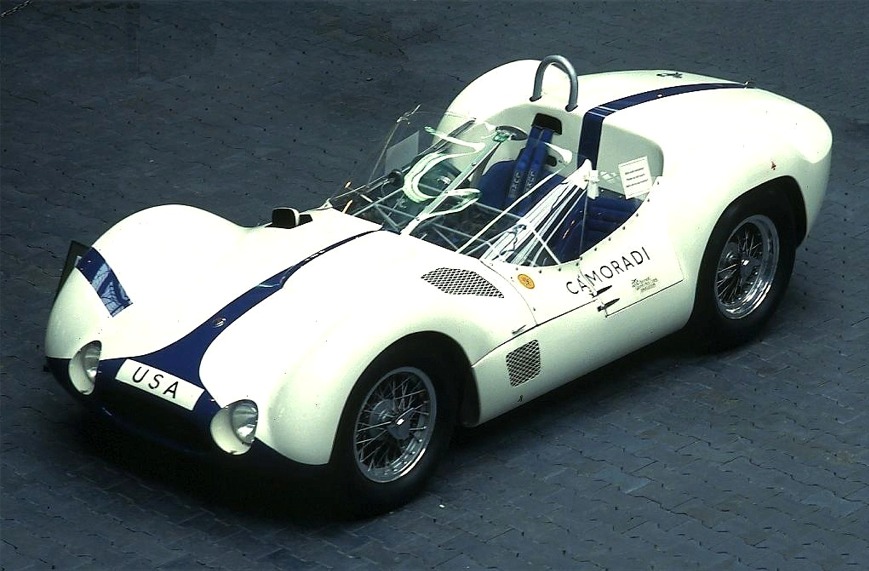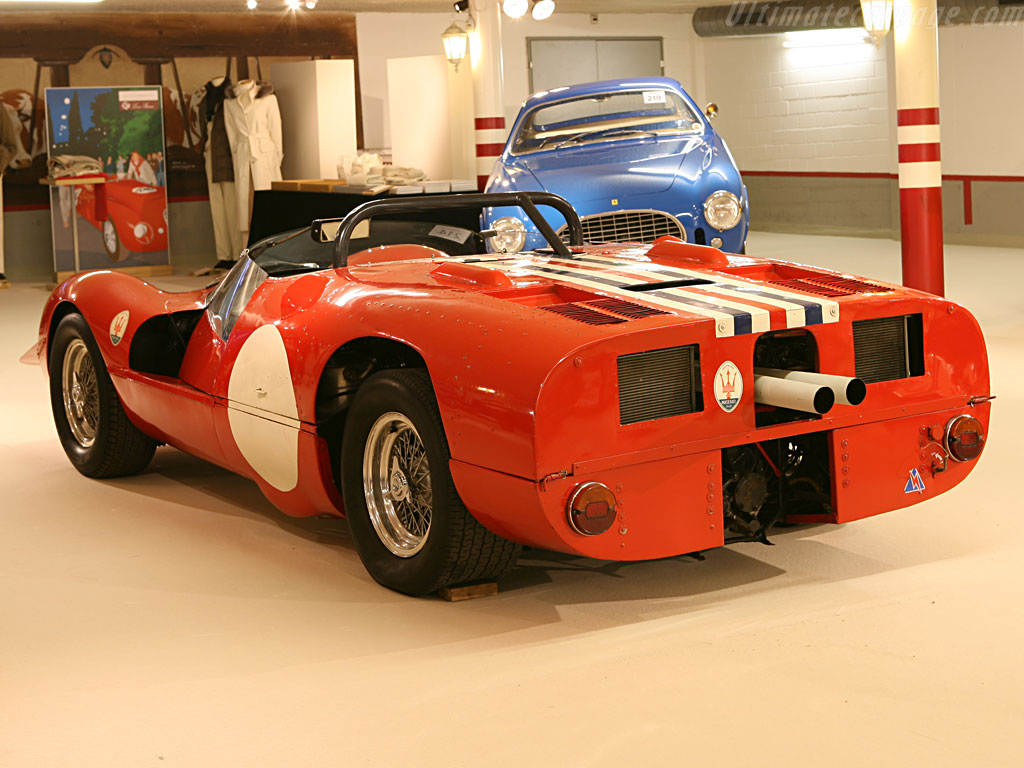While the majority of racing cars from the era used sheet metal "tub" chassis of steel or aluminium the Birdcage utilized a spaceframe chassis of cro-moly steel. Chrome Molybdenum Steel is a metal with an excellent strenght to weight ratio. It is typically referred to as aircraft tube as its used extensively in aviation. Its also used in AK-47 recievers.
 However there's no such thing as a free lunch. The reason the Birdcages adversaries used a tub design was due to the complexity of the spaceframe. Every point one or more tubes met had to be welded very carefully to prevent undue stress. The welder had to fuse the periphery of every point of contact evenly so as to simulate the "end point loading" which prevented any bending occuring.
However there's no such thing as a free lunch. The reason the Birdcages adversaries used a tub design was due to the complexity of the spaceframe. Every point one or more tubes met had to be welded very carefully to prevent undue stress. The welder had to fuse the periphery of every point of contact evenly so as to simulate the "end point loading" which prevented any bending occuring. The fruit of Maserati's labours was a car that only weighed 570kg in the original Tipo 60 and 600kg in the most famous birdcage of all, the Tipo 61 (Above). Despite their avant-garde construction and high revving aluminium engines
the Birdcages never won at Lemans due to reliability issues, however the
Tipo 61 won the Nurburgring 1000km in 1960 and '61.
The fruit of Maserati's labours was a car that only weighed 570kg in the original Tipo 60 and 600kg in the most famous birdcage of all, the Tipo 61 (Above). Despite their avant-garde construction and high revving aluminium engines
the Birdcages never won at Lemans due to reliability issues, however the
Tipo 61 won the Nurburgring 1000km in 1960 and '61. The Tipo 64 and 65 used an evolved version of the chassis constructed
from a greater number of tubes of even smaller diameter. These were
nicknamed "Supercages". The Tipo 65 Supercage (Above) was equipped with
a 430 bhp 5 litre V8, but it still only weighed 840kg and was reputedly
good for 217mph, which in 1965 with contemporary safety systems and no roof must have
felt very fast indeed.
The Tipo 64 and 65 used an evolved version of the chassis constructed
from a greater number of tubes of even smaller diameter. These were
nicknamed "Supercages". The Tipo 65 Supercage (Above) was equipped with
a 430 bhp 5 litre V8, but it still only weighed 840kg and was reputedly
good for 217mph, which in 1965 with contemporary safety systems and no roof must have
felt very fast indeed.

No comments:
Post a Comment